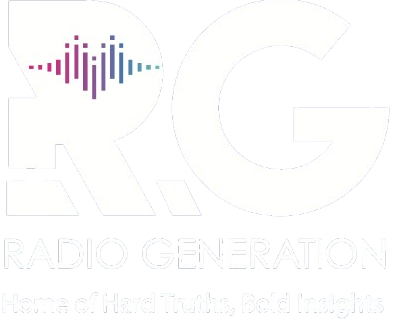More than 650,000 children aged between 10 and 17 years in Kenya have used tobacco or nicotine products, the Ministry of Health has revealed.
Public Health Principal Secretary Mary Muthoni expressed deep concern over the rising number of young people experimenting with these harmful substances, which she said is driven by aggressive marketing tactics and eye-catching packaging by the tobacco industry.
Speaking during a media briefing, Muthoni highlighted how tobacco companies use brightly colored packaging and targeted advertising on social media to make tobacco and nicotine products appear attractive and harmless to children.
To tackle this growing problem, the Ministry has launched a nationwide crackdown on the sale and distribution of illegal tobacco and nicotine products.
“We are asking parents and telling them that they are very key stakeholders. They must help us, and we must work together to protect the future generation, especially by reducing tobacco and nicotine use in this country,” Muthoni said.
She also warned against licensed merchants who switch approved products for more dangerous ones and assured that shops found selling unregulated or misleading products will be shut down.
“In this year's theme, we are unmasking the appeal and exposing the industry's tactics and especially marketing through social media. We want to warn the tobacco industry that we will continue the crackdown, we are going to stop you from bringing products that are going to be dangerous to Kenyans,” she added.
Many Kenyans mainly associate tobacco with cigarettes, but the Ministry cautioned about unbranded tobacco products, which are often sold illegally on the streets.
These unregulated products carry serious health risks due to the presence of toxic chemicals, pesticides, and heavy metals. Some e-cigarettes have been found to contain harmful substances such as diacetyl, known to cause severe lung damage.
The lack of regulation and transparency means consumers, especially young people, are unaware of the risks linked to these products, contributing to a growing public health crisis.
Tobacco use remains the leading cause of preventable deaths worldwide.
The World Health Organization (WHO) reports that tobacco use among children and adolescents is high globally, with 37 million children aged 13 to 15 years using tobacco products.
In the Eastern Mediterranean Region, smoking rates among adolescent boys have reached 43 percent and 20 percent among girls, making it one of the highest regions affected by this health issue.

